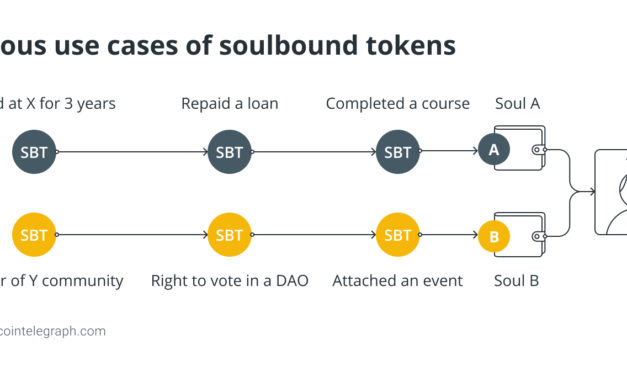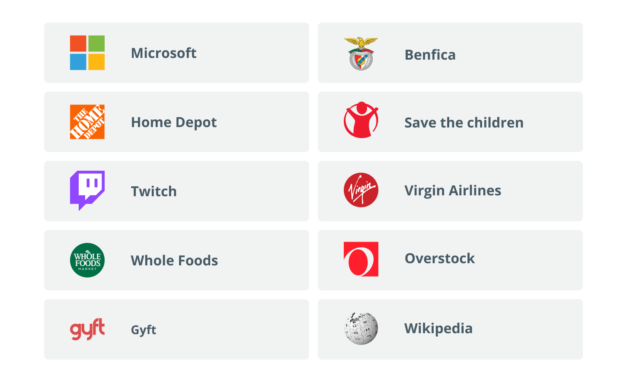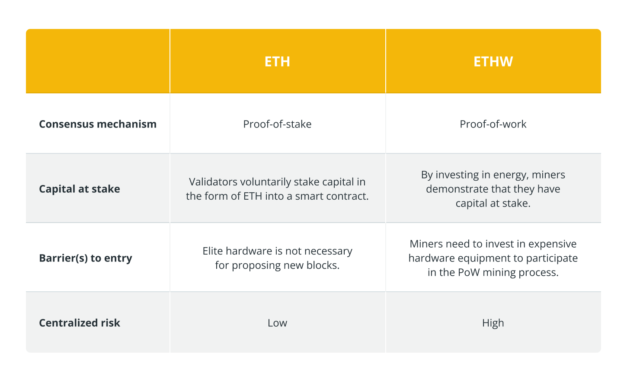What is crypto contagion, and how does it affect the market?
Crypto contagion can significantly impact multiple stakeholders in the crypto market, including investors, businesses and the broader financial system. To protect themselves from the negative effects of crypto contagion, each stakeholder should take specific steps. By diversifying portfolios, investors can lower exposure to crypto contagion. This entails purchasing various cryptocurrencies and additional assets like stocks and bonds. Diversification can lessen the risk and the effects of any cryptocurrency being depegged. To be educated and make wise investment choices, it is also crucial for investors to keep an eye on market trends and news about cryptocurrencies. Crypto-related businesses, such as exchanges and mining operations, can protect themselves by maintaining strong risk management practices. This entails routine stress testing to recognize and reduce potential risks, ensuring enough reserves to handle potential losses. Stress testing involves evaluating the performance of a system under adverse conditions. To create and preserve client trust, these businesses must also retain transparency and successful interaction. By being informed and monitoring market developments, traders may guard against the negative impacts of crypto contagion. Before investing in any cryptocurrency, traders should perform due diligence and keep up with recent developments in the cryptocurrency market. Traders can reduce risk exposure by placing stop-loss orders and other risk management tactics. Banks can protect themselves from the harmful effects of crypto contagion by implementing strict Know Your Customer and Anti-Money Laundering policies to prevent illicit activities related to cryptocurrencies. Additionally, banks can maintain sufficient reserves to manage potential losses from crypto contagion and regularly stress-test systems to identify and mitigate potential risks.
Čítaj viac






